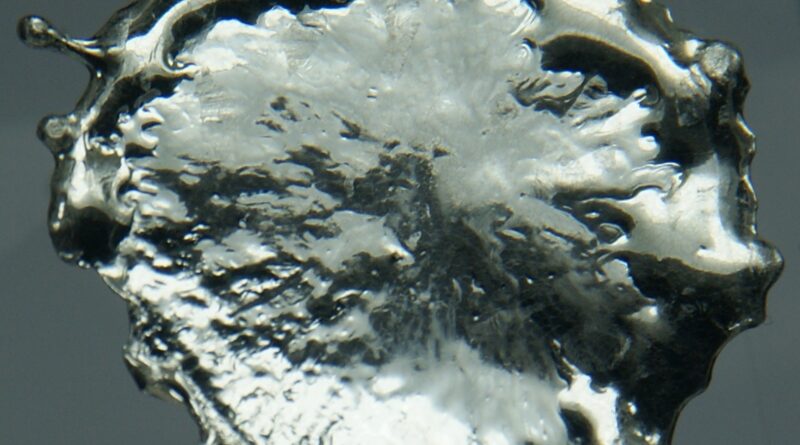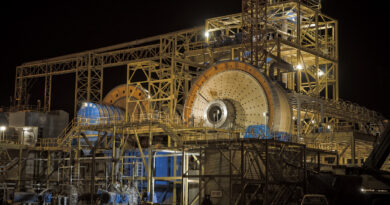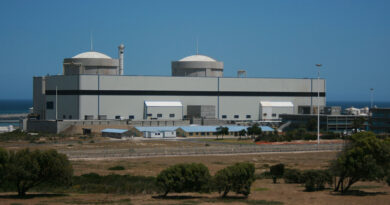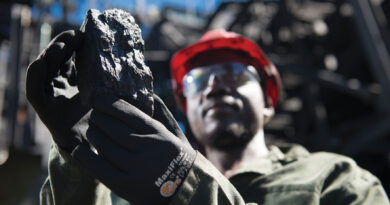Tin from e-waste: ITA meets with bioleaching R&D team
More than one third of all tin is used in electronics every year. Although around of a third of all tin is recycled, more could be done to recover the metal from waste circuit boards.
The Bioremediation Group, part of the Bioscience and Biotechnology Engineering research group at Coventry University, UK, are at the forefront of developing new e-waste recycling methods. As reported by ITA previously, the team have already demonstrated 100% recovery of tin from gold-tin connectors after 11 days using bacteria at 30°C.
ITA met with the Bioremediation Group in November 2021 to discuss the latest tin recycling findings. ITA has been tracking this field over the last decade, including its own European-funded pilot-scale JV project Itrimex that processed more than ten tonnes of waste circuit boards to recover tin.
Up to 3% of a circuit board’s weight is tin. With tin prices having doubled in the last year, incentives to develop new tin recycling processes are growing. ITA and the R&D team discussed optimisation of bioleaching chemistries, using bacteria to dissolve tin solder from waste circuit boards.
Traditionally the industry has been mainly focused on recovering gold and copper, but tin has been attracting more attention. Along with others around the world, the Coventry team are designing improved processes for selectively recovering tin from the complex metallurgy of a circuit board. Several traditional options are possible but bioleaching is a novel approach which offers a lower energy, sustainable route. However, key challenges, such as scalability and improving the reaction rate, remain.
Success in this field may open wider opportunities for tin recovery from other tin wastes.
E-waste is one of the most significant potential sources of new tin supply. More than 50,000 tonnes of tin could be recoverable every year if challenges such as collection and processing are tackled.
The Coventry team are partnered with UK IT life-cycle service market leader N2S, with support from UK government department DEFRA as well as large electronics industry players. These links will be important in dealing with issues related to integration of any new process into the existing supply chain for e-waste metals recovery. Economics of such a process will have been improved by increased tin prices but viability will still need to demonstrated on the large-scale. The work has so far shown promise and ITA will continue to offer its experience and support.




